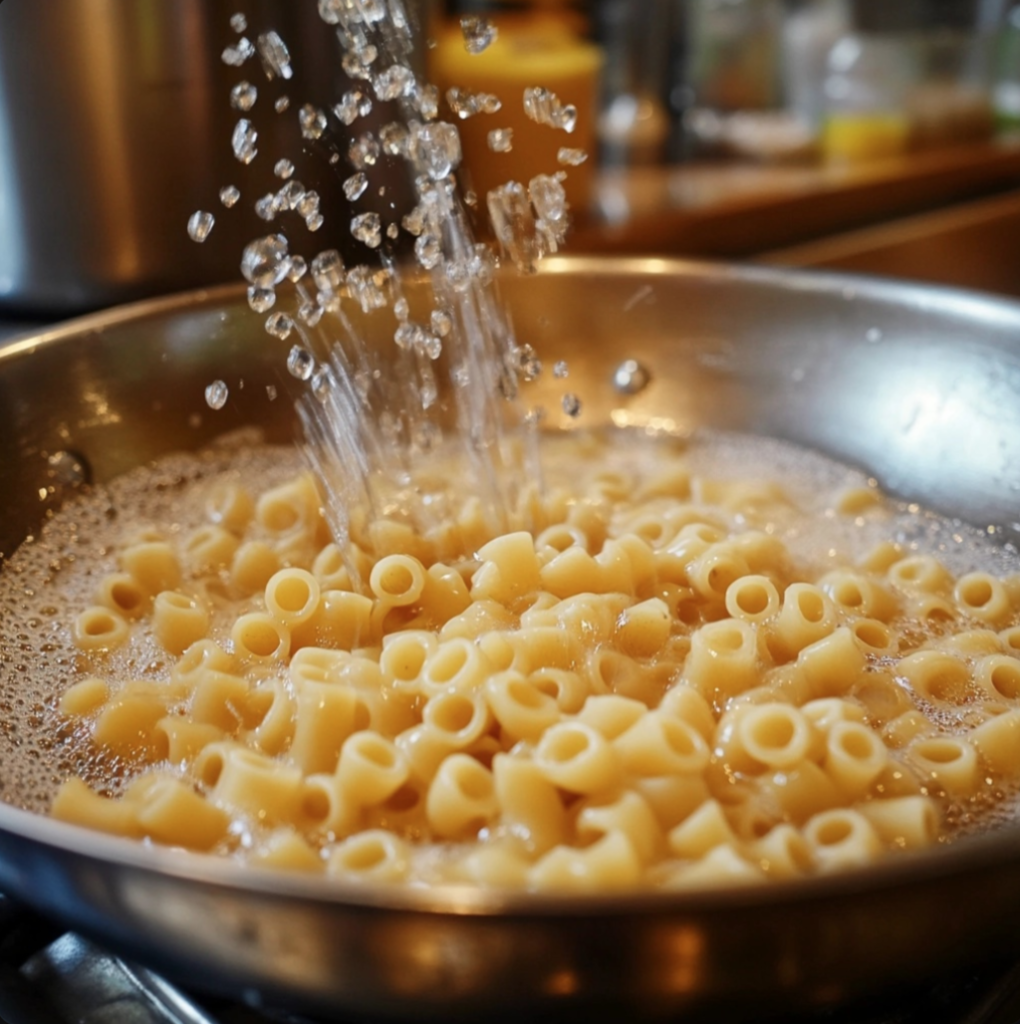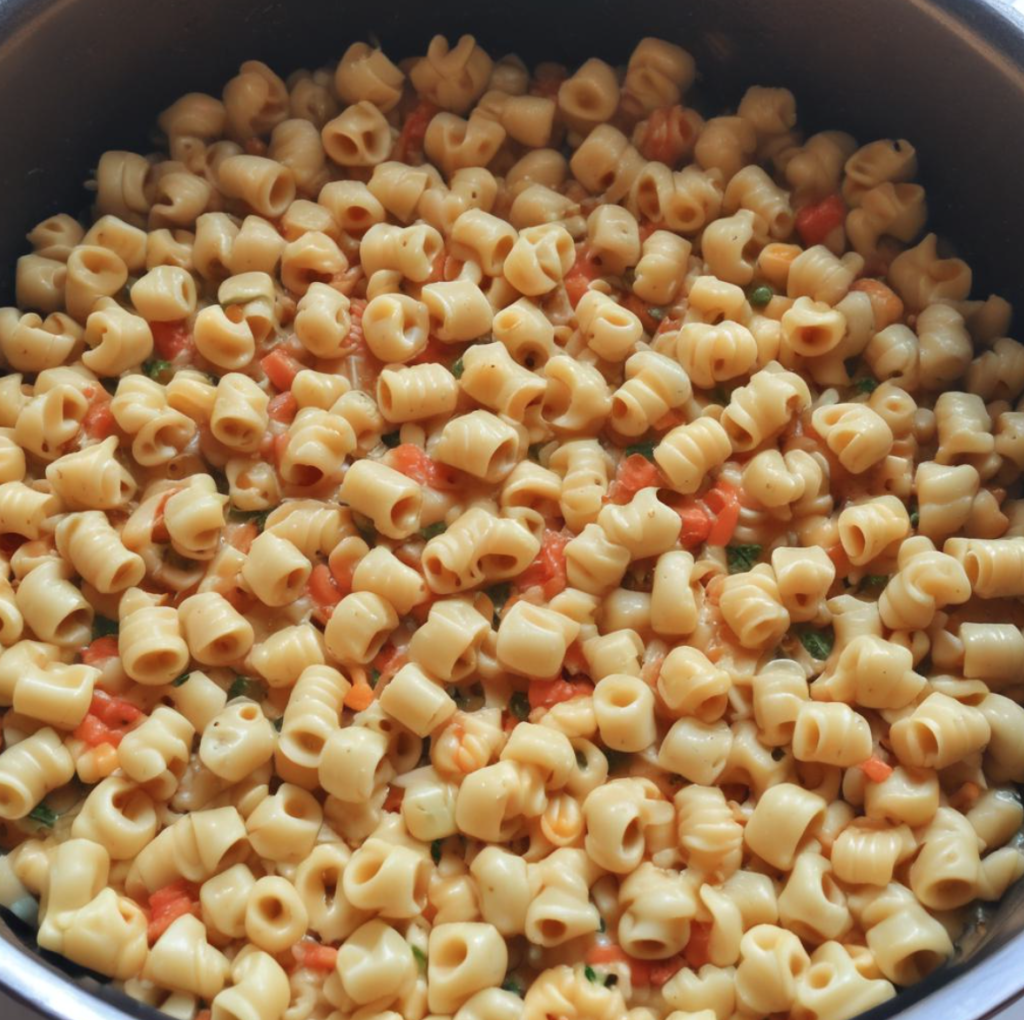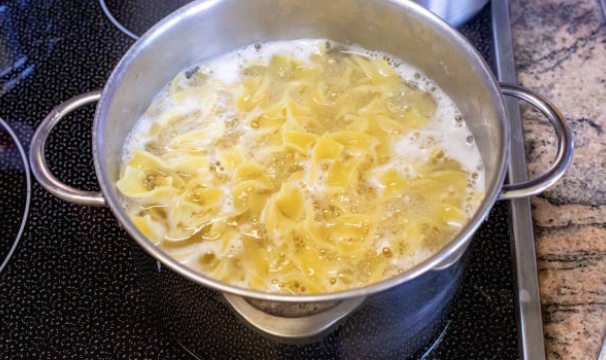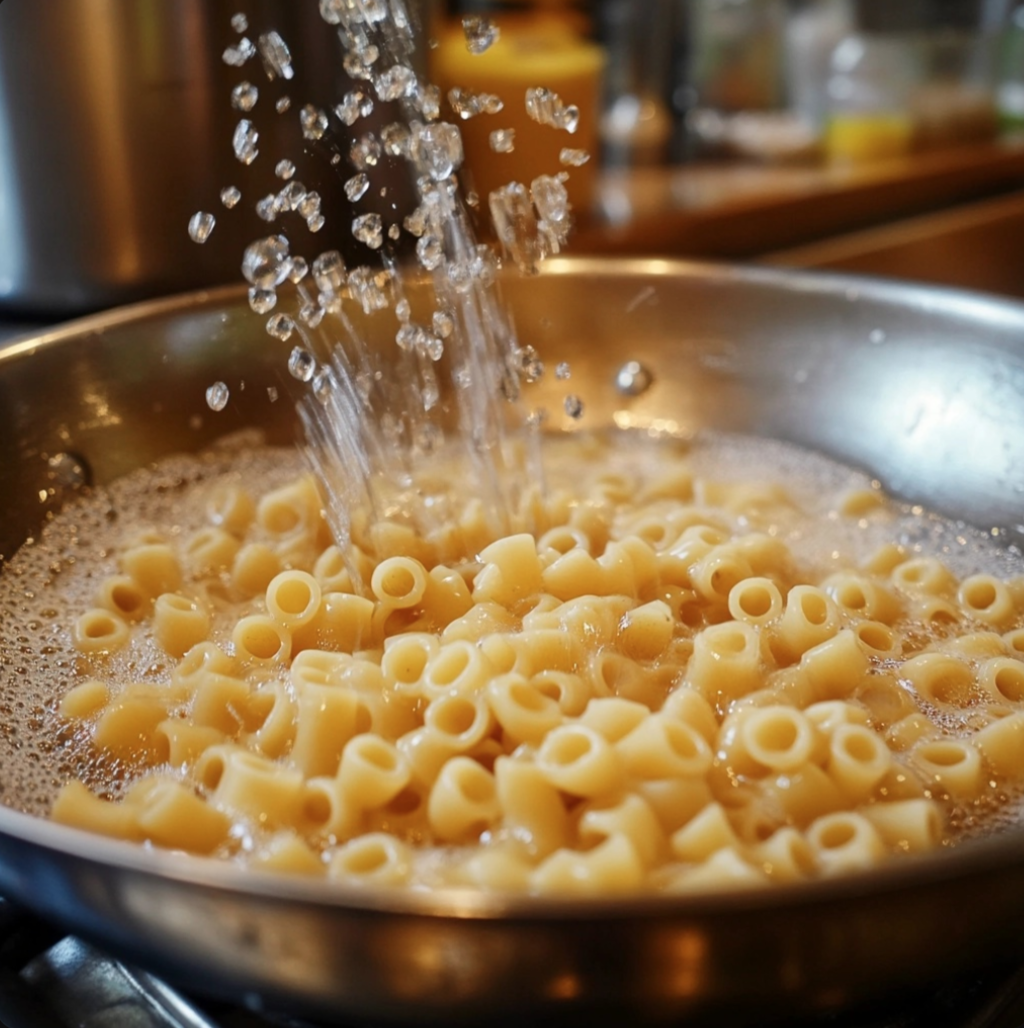Table of Contents :
- What is Ditalini Pasta?
- How Long Do You Boil Ditalini Pasta?
- Step-by-Step Guide to Boiling Ditalini Pasta
- Boiling Ditalini for Different Dishes
- Common Mistakes and How to Avoid Them
- Recent Recipes
- FAQs
- Conclusion
How Long Do You Boil Ditalini Pasta? A Complete Guide

Cooking pasta may seem like a simple task, but when it comes to achieving that perfect texture, timing is everything. Ditalini pasta, a small, tube-shaped pasta, is no exception. Popular in soups such as pasta e fagioli and minestrone, ditalini has a unique ability to soak up the flavors of a dish while holding its shape.
In this guide, we’ll take you through everything you need to know about boiling ditalini pasta – from timing it perfectly to ensuring the right texture for various dishes. By the end of this article, you’ll have all the knowledge needed to master your next meal that calls for ditalini.
What is Ditalini Pasta?
Ditalini, which translates to “small thimbles” in Italian, is a miniature, tubular pasta that has been a staple in Italian cuisine for centuries. Its compact size makes it perfect for soups, where it absorbs the broth without overpowering other ingredients.
But ditalini isn’t just for soups. It’s also a popular pasta choice for cold pasta salads, casseroles, and hearty pasta dishes with sauce. Thanks to its versatility, ditalini pasta can be found in various recipes across the world, adapted to local tastes.
If you’re interested in learning more about the different types of pasta used in soups and salads, check out this guide to versatile pasta types.
How Long Do You Boil Ditalini Pasta?

The key to perfectly boiled ditalini pasta lies in the balance between cooking it enough to be soft but not so long that it turns mushy. Typically, for the best al dente texture, you’ll want to boil ditalini for 8-10 minutes. However, depending on how you plan to use it, you might adjust this slightly.
- Al Dente: This is the firm yet tender texture that most people aim for when cooking pasta. Boil ditalini for 8-10 minutes to achieve this ideal consistency.
- Softer Texture: If you’re making a dish where a softer pasta is preferred, like a casserole or baked dish, you can boil the pasta for up to 11 minutes.
Cooking times can vary depending on the type of ditalini pasta (whole grain, gluten-free, or semolina), but the ranges above are a reliable standard.
For more detailed tips on boiling pasta to perfection, you can refer to this boiling guide that outlines methods for various pasta types.
Factors That Affect Cooking Time
Several factors can impact how long you need to boil ditalini pasta. Here’s a breakdown of what can influence the perfect cook time:
- Type of Pasta: Traditional durum wheat pasta typically cooks within the standard time frame, but whole grain or gluten-free versions may require a slightly longer or shorter cooking time.
- Altitude: If you’re cooking at higher altitudes, water boils at a lower temperature, meaning pasta may take a bit longer to cook.
- Dish Preparation: Cooking times can change depending on whether you’re using ditalini in soups, salads, or as part of a baked dish.
Step-by-Step Guide to Boiling Ditalini Pasta
For perfectly cooked ditalini pasta, follow this step-by-step guide:

- Start with Plenty of Water: Begin by bringing 4-6 quarts of water to a rapid boil. Using enough water is important to prevent the pasta from clumping together.
- Salt the Water: For added flavor, salt the water generously. A good rule of thumb is 1 tablespoon of salt per 4 quarts of water.
- Add the Ditalini: Once the water reaches a rolling boil, add the ditalini pasta. Stir it occasionally to keep the pasta from sticking.
- Set Your Timer: Boil for 8-10 minutes for al dente. For softer pasta, extend the cooking time to 11 minutes.
- Test for Doneness: After about 8 minutes, start tasting the pasta to see if it has reached your desired texture. It should be firm but cooked through.
- Drain and Serve: Once the ditalini reaches your preferred texture, drain it immediately to stop the cooking process. Serve it with your chosen sauce, soup, or in a pasta salad.
By following these simple steps, you’ll ensure your ditalini pasta is perfectly cooked every time.
Boiling Ditalini for Different Dishes

How you cook your ditalini pasta can depend on the dish you’re preparing. Below, we outline how to adjust the cooking time and method for different types of recipes:
Soups
When using ditalini pasta in soups such as minestrone or pasta e fagioli, slightly undercook the pasta before adding it to the soup. Since the pasta will continue to absorb liquid while it simmers in the broth, it’s best to boil the pasta for 7-8 minutes before adding it to the soup. This ensures it won’t become too soft or mushy by the time the soup is done.
Pasta Salads
For cold pasta salads, you’ll want ditalini that’s firm enough to hold its shape without becoming too chewy. Boil the pasta for about 9 minutes, drain it, and rinse it under cold water to stop the cooking process. Rinsing also removes excess starch, which prevents the pasta from sticking together in a salad.
Baked Dishes and Casseroles
In baked dishes like casseroles or mac and cheese, the pasta will continue to cook in the oven. To prevent overcooking, undercook the ditalini by boiling it for 7-8 minutes. The residual heat in the oven will soften the pasta further as the dish bakes.
For additional tips on cooking pasta for various recipes, take a look at this cooking tutorial.
Common Mistakes to Avoid When Cooking Ditalini Pasta
Even experienced cooks can make mistakes when boiling pasta. Here are a few common errors to watch out for when cooking ditalini:
- Overcooking the Pasta: Boiling pasta for too long is one of the easiest ways to ruin a dish. To avoid mushy ditalini, make sure to set a timer and taste-test as you go.
- Under-seasoning the Water: Many home cooks skip the salt when boiling pasta, but this results in bland pasta. Be sure to add enough salt to the water to enhance the pasta’s flavor.
- Not Stirring the Pasta: If you don’t stir the pasta as it cooks, it can stick together in clumps. Stir occasionally, especially in the first few minutes of cooking.
- Letting Pasta Sit in Water After Draining: Once you’ve drained the pasta, serve it immediately or toss it with sauce. Allowing pasta to sit in the strainer can cause it to dry out or become sticky.
Alternative Cooking Methods for Ditalini Pasta
While boiling pasta in water is the traditional method, there are alternative ways to cook ditalini depending on the dish you’re making:
- In Soups: Some recipes call for cooking the ditalini directly in the soup broth rather than pre-boiling it. In these cases, reduce the cooking time by about 1-2 minutes. This method allows the pasta to absorb the flavors of the broth, but be careful not to let it become too soft.
- Microwave Cooking: Although not the preferred method for large batches, you can cook small portions of ditalini in the microwave. Boil water in a microwave-safe bowl, add the pasta, and cook it for the recommended time, stirring occasionally.
Recent Recipes
Frequently Asked Questions (FAQs)
How long does it take to cook ditalini pasta?
For al dente pasta, boil ditalini for 8-10 minutes. For a softer texture, cook it for up to 11 minutes.
Can I cook ditalini pasta directly in soup?
Yes! When adding ditalini to soups like minestrone or pasta e fagioli, reduce the boiling time slightly (about 7-8 minutes) to avoid overcooking the pasta.
Should I salt the water when boiling pasta?
Yes, adding salt to the water enhances the flavor of the pasta. A good rule of thumb is about 1 tablespoon of salt per 4 quarts of water.
How do I prevent ditalini pasta from becoming mushy?
To avoid mushy pasta, follow the recommended boiling times and check the pasta’s texture early by taste-testing it.
How much water should I use to boil ditalini pasta?
For best results, use 4-6 quarts of water per pound of pasta. This prevents the pasta from sticking together and allows it to cook evenly.
Conclusion
Whether you’re preparing a comforting soup or a fresh pasta salad, knowing how to cook ditalini pasta properly is essential for getting the best results. With the right boiling time and technique, you can ensure that your ditalini is perfectly tender, making it a delightful addition to any dish.

